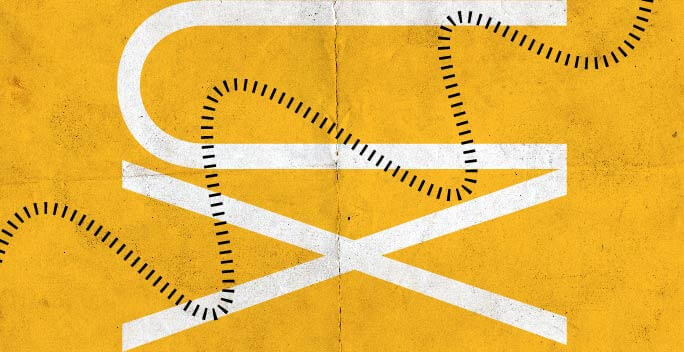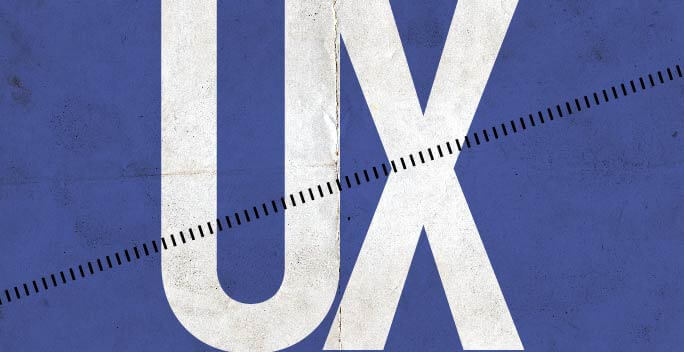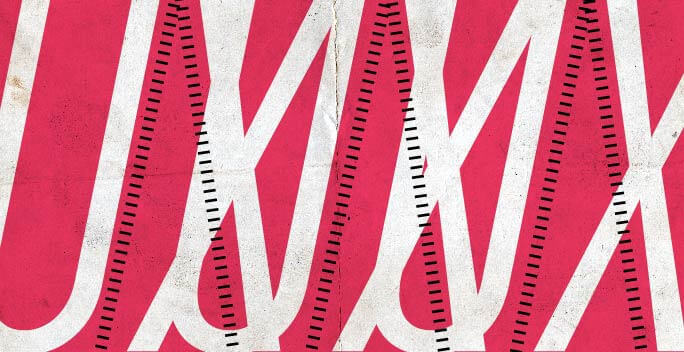Having graduated from CareerFoundry’s UX Design Course, I started working for one of New Zealand’s largest IT companies who have a well-established in-house UX team. My previous two roles were at a design agency and as the sole UX designer at an SME (small to medium-sized enterprise) so this new role has been a really exciting challenge for me. It has also got me thinking about how different each of these roles have been, and the impact working environment, culture, and team size and structure have on my own role and day-to-day responsibilities.
A UX designer’s work can be really varied and when looking for jobs it’s often hard to know which one is the best fit. Although every company will have their own way of doing things, the following guide should give UX job hunters a hand working out which type of company would suit them most. Each section outlines what to expect in different types of business from startups to big corporations.
We’ll look at the responsibilities that are likely to come with that role, the supporting team, salary expectations, pros and cons, and then give a tip for success in each instance.
If you’d like to skip ahead to one of the sections, just use the clickable menu:
- UX designer at a startup
- UX designer in a large corporation
- UX designer in an agency
- Freelance UX designer
- Final thoughts
If you’re really new to UX it is worth reading our recent article “What Does A UX Designer Actually Do?” first.

1. UX designer at a startup
Responsibilities
At a startup, a UX designer is likely to oversee a project from beginning to end and actively take on separate processes including user research, testing, and design all by themselves. The UX designer will need to take control of shaping UX strategy and processes. They will be the UX champion for the company so it is up to them to make sure everyone understands the users’ needs, wants and must-haves and that these are translated into a marketable product. Due to limited resources it is possible that there will be elements of project management, product management and digital design work too.
Teamwork
Depending on the size of the start up, it is likely that most day-to-day interactions will be with the founders of the company and also with a developer. It is important that the UX designer not only interacts with the developer when the product reaches the build stage, but also early on and throughout a project to establish timeframes, expectations and what is actually possible with the resources available so that everybody is on the same page.
Salary Expectations
According to Payscale, junior UXers in the US earn around $65k annually with salaries ranging between $47k and $89k. Startup salaries will be towards the lower end of this scale although share options may be available.
- Pros
Working at a startup is a great way to learn lots of different roles and experience decision-making and running a business firsthand. UX designers will be able to get heavily involved shaping the product and get it right from the beginning. They are also likely to get recognition for business success rather than just financial reward. - Cons
Working in a startup can be very hectic, with pressure to deliver results quickly and lots of changes in a short time. That coupled with being the sole UX designer means it is essential to hit the ground running and be experimental as there are fewer people to ask for advice or guidance. Bear in mind that many startups fail in the first year so job security cannot always be guaranteed. - Tip
Working in a startup is not for the faint-hearted but can be extremely rewarding with the right company fit. A UX designer who knows how to be firm yet fair with other stakeholders and is confident in their decision-making ability will thrive here. UX designers who are going into their first role would be well-placed to find an outside mentor to bounce ideas off when necessary.
2. UX designer in a large corporation
Responsibilities
UX designers at large corporations may be separated into design and research roles and sometimes also have a specialist mobile department so they can be a good choice if you want to specialise in one particular area.
Teamwork
Large companies are great for people who want a support network of people to around them. There are likely to be other UX designers to bounce ideas off plus more structure than smaller companies with a dedicated line manager and possibly even a mentor.
Salary Expectations
Salaries tend to be considerably higher in large corporations so expect $68k or more.
- Pros
Working for a large company is a great way to learn from more experienced UX designers. There will be processes already in place so expectations are clearer. Many UX designers will be working long term on a specific product which they can see grow over time as the company’s long term plans are realised. Other positives of working at larger companies include increased job security, a competitive salary, benefits such as medical care, and regular access to the latest technology and a broader range of resources. - Cons
Larger companies tend to be less flexible in terms of experimenting with new strategies or ideas as the environment tends to be more bureaucratic. This can lead to feeling just like ‘one of a number’ and can also mean seeing the results of your labor can be a long and more frustrating process - Tip
Try and find a company with a design-thinking culture, so the benefits of a large company can be enjoyed while still allowing room for innovation and an experimental mindset; attributes usually associated with startups.
UX designer at an agency
Responsibilities
Roles at an agency can differ a lot. There are some pure UX design agencies where there is a really strong focus on UX. However there are also a lot of generalist digital design agencies where the types of project do not require expert levels of skill so the role could involve elements of project management, business analysis and maybe even front-end coding. Agencies also tend to be very keen on the visual aspects of deliverables so digital design skills are definitely advantageous.
Teamwork
The team is likely to include digital designers, front-end developers and account managers. Many agencies have a flat company structure with no line managers so are a good bet for people who like autonomy.
Salary Expectations
Salaries tend to be mid-range at agencies so around $68k per year in the US
- Pros
Working for an agency is great for experience as it is likely to involve working on multiple projects in a variety of mediums and for different types of companies - Cons
Similarly to a startup, agency life can be quite fast-paced with UX designers often being brought on board at short notice to complete client projects. Agencies are less likely to have the resources for detailed UX and in some cases might not know what UX is so be prepared to educate. - Tip
Make sure to have a clear idea of roles, responsibilities and expectations before accepting a role. Don’t be shy of asking lots of questions during the interview to ensure the role is the right for you.
4. Freelance UX designer
Responsibilities
A freelance UX designer is generally brought onto a projects as an ‘expert’ so will need to display competence and confidence in all stages of the UX journey.
Teamwork
The sort of teams freelancers work on can really vary. Some freelance designers will really become a part of the team, particularly if it is a long contract .
Salary Expectations
There is potential for a much larger salary when working freelance than when working in-house for a company. According to Coroflot the average freelance rate is $62 per hour in the US.
- Pros
As mentioned the higher salary is a big pull for some. Established freelancers also enjoy the freedom to work on the projects they want rather than what the company gives them. It is a great choice for UX designers who want to build their personal brand and love networking and making contacts. - Cons
Freelancing can be lonely and it can be harder to find work as a junior. Be prepared for potential gaps in employment and not receiving holiday pay. There is also more admin involved, e.g. having to complete your own tax returns. - Tip
If this sounds like the job for you, read Emil Lamprecht’s blog on how to become a successful freelancer.
Final thoughts
To sum up, there are pros and cons to working in every company and it is up to you to find the role which is the right fit for you.
If you only do three things…here are my final three pieces of advice for UX job hunters:
- Be clear on what you want and what your strengths and values are. If you need help determining your values try out an online tool like this one.
- Do your research and apply for roles which align with your strengths and values. Don’t just accept the first job you find. Make sure the company culture is right for you.
- If you don’t ask, you don’t get. Speak to as many different people as you can. Tell friends, family and ex-colleagues you are looking for work. Actively use Twitter and Linkedin and go to as many UX events as you can.
Still interested in launching a career in UX design? Check out CareerFoundry’s UX Design Course for more information on making the leap into your new career.



